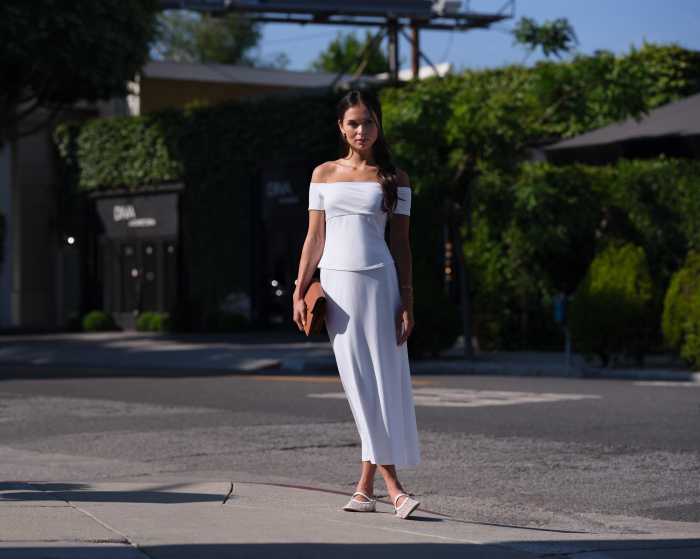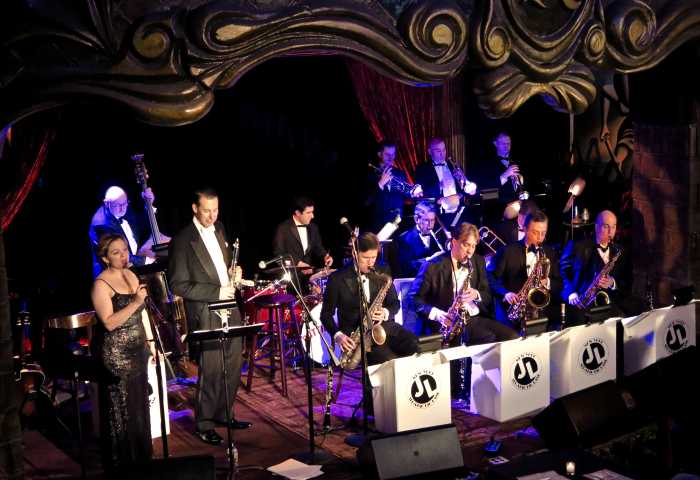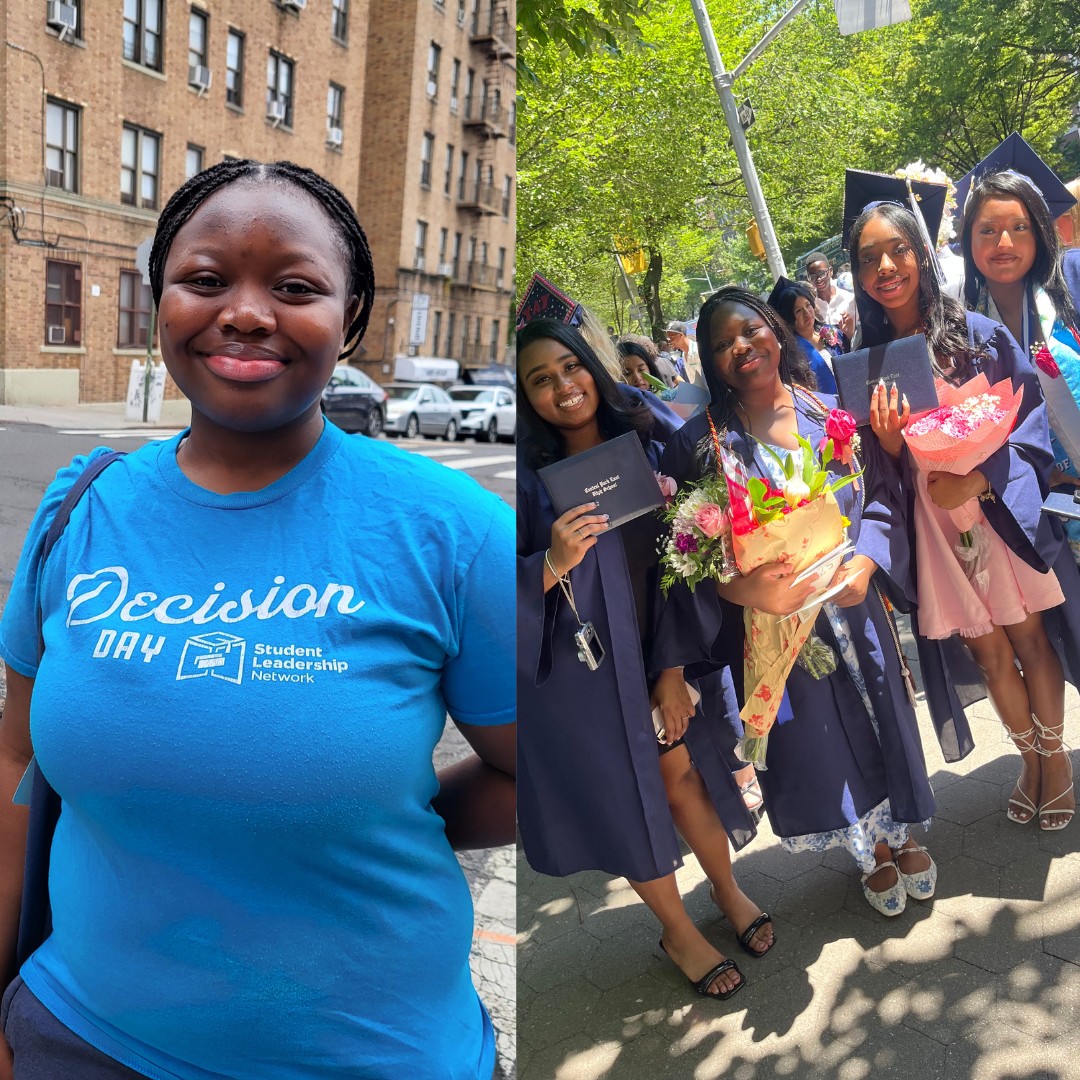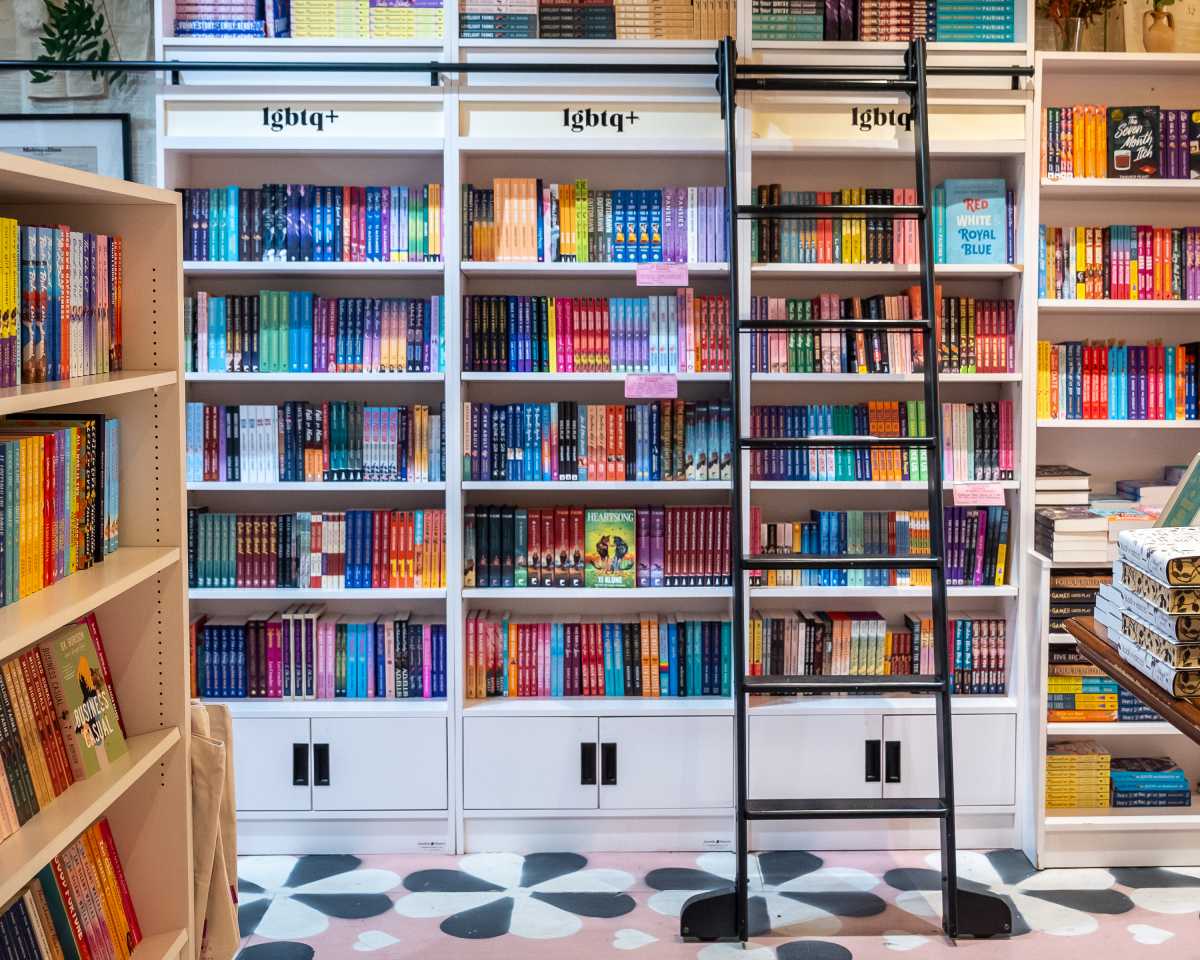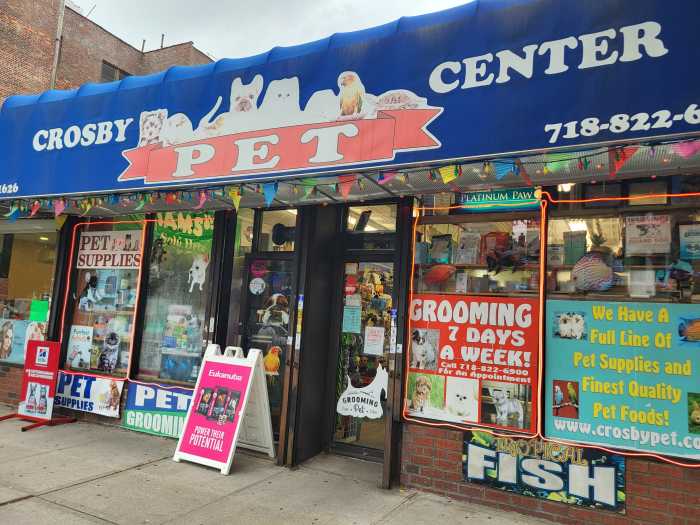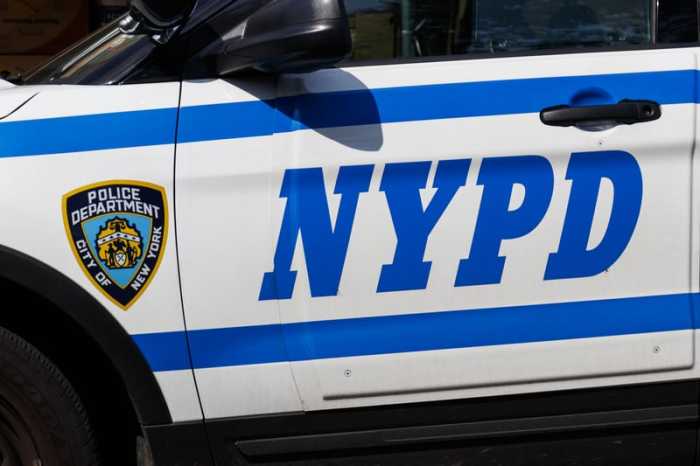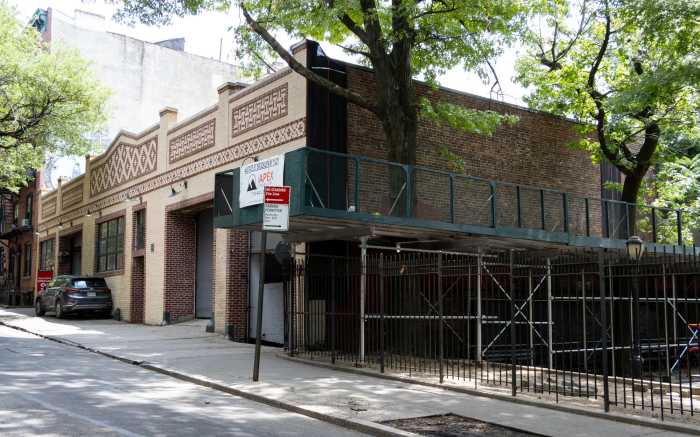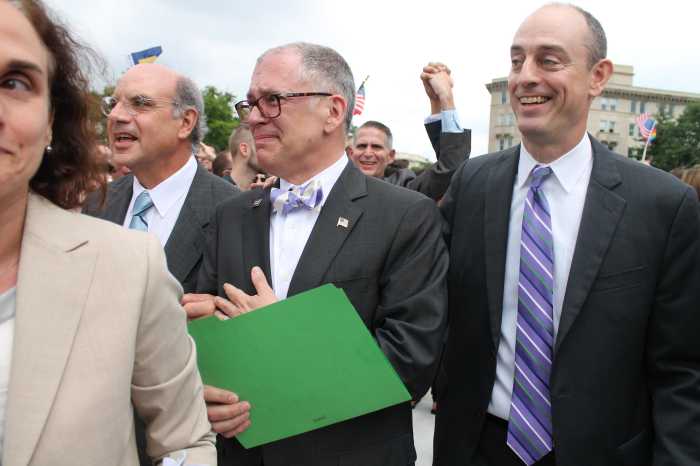By Ronda Kaysen
Designs for a new cultural center that will one day hover above a new World Trade Center Memorial, its façade a kaleidoscope of light and color peaking through a canopy of trees, awed Downtown residents at a recent Community Board 1 meeting.
“I’m impressed by the design. It’s absolutely beautiful,” gushed C.B. 1 member and Cedar St. resident Pat Moore after the June 6 presentation. “If they can actually pull it off it would be so great.”
Nestled on the corner of Greenwich and Fulton Sts., the cultural center will house the Visitors Center, the International Freedom Center and the Drawing Center. The wooden structure – with a textured façade created out of glass prisms that change color with the seasons and hours – will float above ground on pillars so as not to hinder access to the memorial. Inside, five double story floors, their ceilings suspended by pillars, will slope upward toward a rooftop garden. Ramps hug the side of the low-lying building, which will overlook the Memorial Plaza and the Santiago Calatrava-designed PATH station.
“We want this building to fuse the surrounding areas together,” Craig Dykers a founding partner of the Norwegian architecture firm Snohetta, said during his presentation. His firm is most famous for designing the Alexandria Library in Egypt.
Dykers’ team of 100 people created the design in 90 days, working round the clock from five different countries. Elements of the design – and the images his company released – are preliminary, he said. If wood cannot ultimately be used, for example, terra cotta might be a likely alternative.
“I particularly appreciate that the building is elevated,s” said C.B. 1 member Bill Love. “It will be nice to be able to move across the site again.”
The entire memorial project is expected to cost $500 million, $300 million of which will be set aside by the Lower Manhattan Development Corporation. Work will begin on the memorial next year. Ground will break the following year, in 2007, for the cultural center.
Several victims’ family members have voiced concerns about the location of the center — which sits roughly in the middle of the site — insisting that the area is hallowed ground and should be reserved for the memorial. “The memorial should be a memorial,” said board member Paul Sipos, who often supports positions of many of the victims’ families. “If you look at that quadrant, 90 percent of the bodies landed there and you’re building on that.”
“The creation of life in this place is just beautiful,” Dykers responded. “We’re trying to take what you’re saying and build something noble.”
Ronda@DowntownExpress.com
WWW Downtown Express





